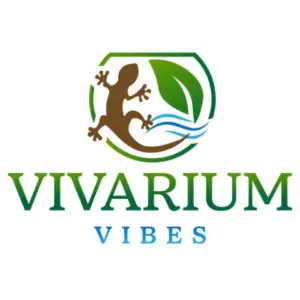This page may contain affiliate links that allow us to make a small commission from qualifying purchases (at no extra cost to yourself). We appreciate your support.
Making your own paludarium is a process, which is why there are kits available for those who need some help creating a balanced ecosystem. But a kit isn’t for you. You’re more experienced and want to design your own, with plants and layouts that you want, not what everyone else has.
To plant a paludarium background you need to get the right tank, have a good plan design in mind, build the land portion, add substrate, add plants, construct the water areas, and add the canopy.
In this article, I’ll explain each step to building an impressive paludarium background for each primary environment, and how you can make it your own. I’ll also include what all of your plant options are that go together for the ecosystem you want to build, so that you can truly make something unique, special, and sustainable.
Get the Right Tank
The whole process starts with having the right tank, and that depends on the types of creatures you want to put in there and their quantity. Paludariums have two important portions to their tank
- The terrarium
- The aquarium
This unique set up allows you to have amphibians, lizards, freshwater fish, aquatic invertebrates, and even crustaceans.
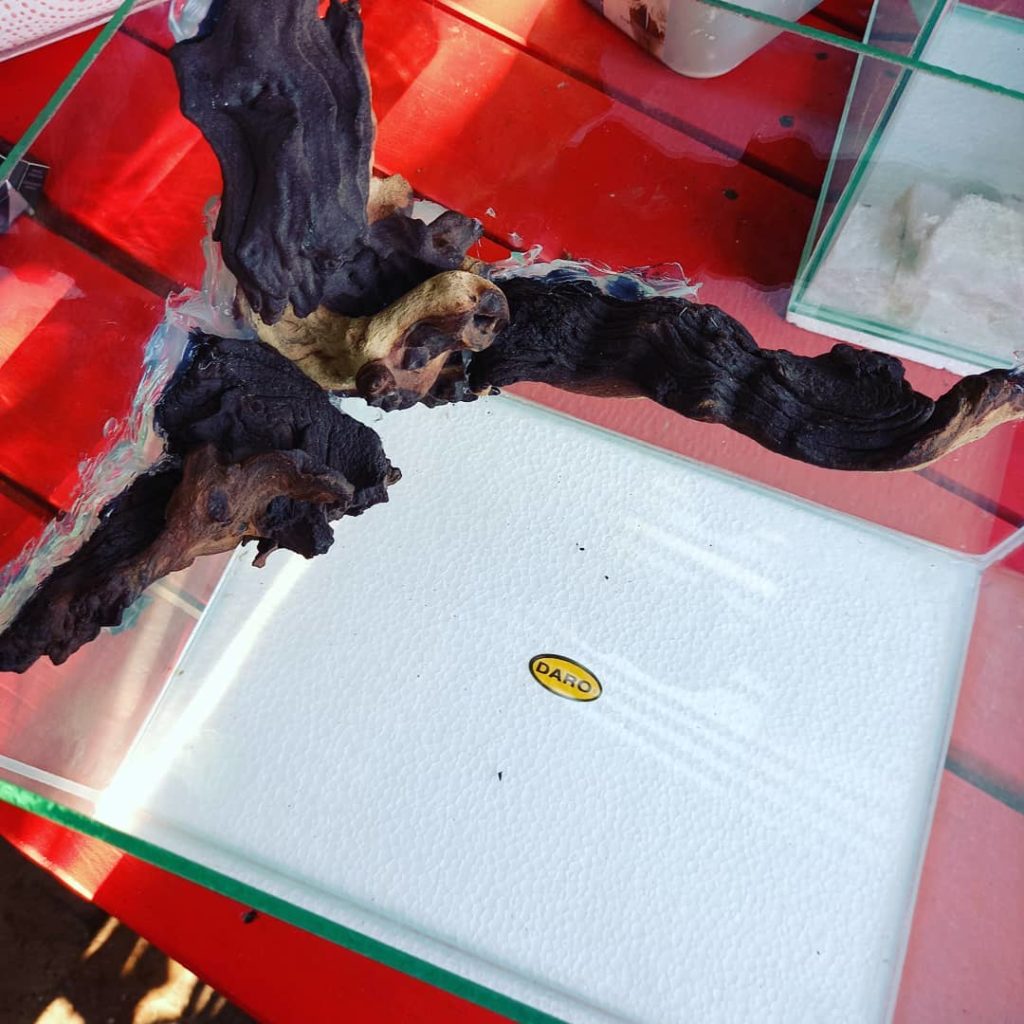
Naturally, you need a responsible mix of creatures that won’t eat one another. I have another article on animals that do great in paludariums to help you pick some out if you haven’t already. Some good animal combos include:
- Green tree python with neon rainbow fish
- Poison dart frogs with kilifish
- Mudskippers and archerfish
- Salamanders and snails (or fish that are too big for them to fit in their mouth)
Whether the tank is longer or taller isn’t necessarily important unless you intend to have leaf-dweller animals, like frogs, which need a tall enclosure. Similarly, any ground/water dwelling species such as newts, salamanders, and mudskippers will need an enclosure with a wide surface area. Whatever size you need, the minimum is typically a 15-20 gallon tank.
Plan Your Paludarium Background
Now that you have the right size tank, you can start planning with its available space. There are 4 main paludarium environments that mimic real-life ecosystems:
- Brackish coastline
- Mangrove swamp
- Tropical rainforest
- Turtle habitat
Each environment has its own checklist of criteria that distinguishes it from the others and makes it suitable for certain animals. The decorations you choose for each one will all be unique, which we’ll get into in the later sections, but there are a few things you should know about the suitable conditions for each environment.
Build the Paludarium’s Land Portion
The land portion is the first thing to put down because it will be the steady place to put some of your plants and is easier to place before you put in the water. It can be made of wood, stones, sand, or even upside-down dishes.
You can use foam sealant to hold each land piece together so that you can form and carve them into the shapes you want. Just note that there must be some way to drain the water from the land pieces if the water gets too high and there should be enough land area according to the needs of your pets.
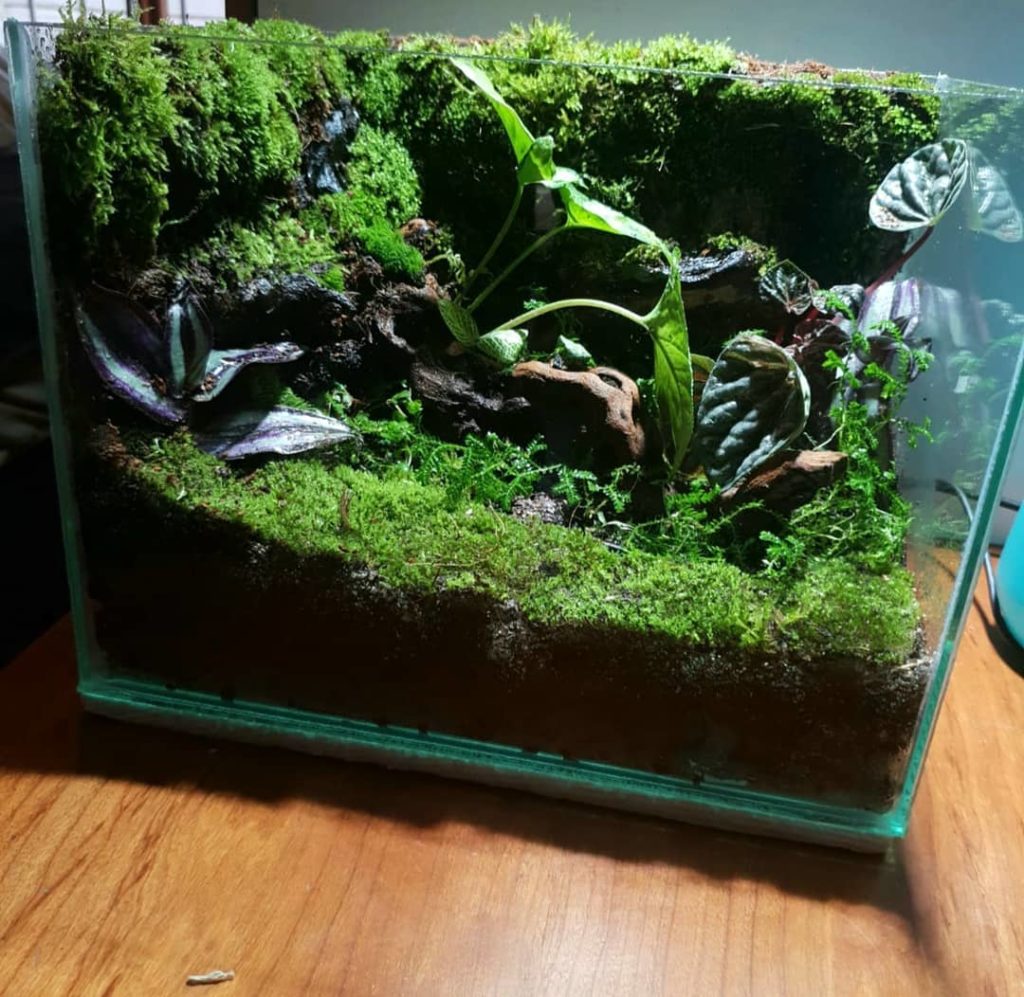
Use some plexiglass to keep your land and water sections separate. Figure out the elevation your land-dwelling or semi-land dwelling creatures need to be fully out of the water, and the location and slope for the entrance into the water. Salamanders need hiding places above the water,, so keep that in mind.
This land portion should have enough room to have plenty of plants that provide shelter and cool shade, and it should be stable so that nothing will slip and hurt your pets.
Add the Substrate
Now you can start adding the appropriate substrates to your paludarium. Make sure the fiber glass partition is still up. A substrate is just any material on which an organism can grow. There are usually three layers of substrates:
- The foundation and support
- The growing medium
- The surface layer
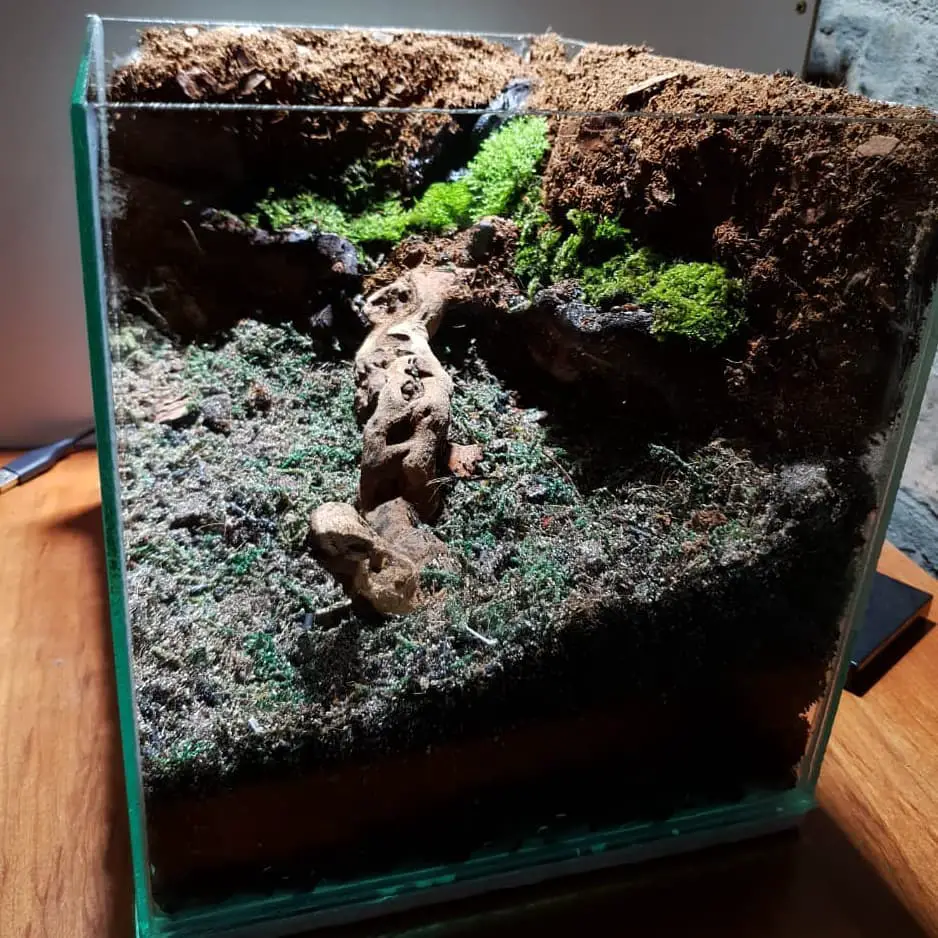
The substrate materials will be based on the natural soil stratification of the biome you’re imitating. Ex: if you have plants that need soil, soil will be one of your substrates.
The foundation layer should be your fine-grain substrates, with your land pieces on top of it. The second layer should be medium-sized, such as gravel, and lastly you should have your large cobbles and a topsoil layer for your plants.
Brackish Coastline
For a brackish environment, you would need a sandy substrate to make your crabs feel like they’re at home on the beach. Other substrates that work for brackish tanks include:
- Gravel
- Crushed coral
- Aragonite
Be sure to was all your substrates several times to prevent cloudiness, especially the coral and aragonite.
Mangrove Swamp
The base substrate that you use for the mangroves should be fine sediment with high organic matter content so that the mangroves and seagrasses will grow well. Other substrates that work are
- Rock rubble
- Sand
- Miracle Mud
Tropical Rainforest
The rainforest is very diverse, so you can have your choice of substrates for each layer.
Base/Foundational Layer
- Clay Pellets
- Gravel
- Plastic Grate Material
Secondary Layer
- Coconut Fibers
- Cypress Mulch
- Orchid Bark
- Potting Soil
- Natural Dirt
Surface Layer
- Leaf Litter
- Moss
Turtle Habitat
Fine grains, such as those in moist potting soil mix, are the perfect substrate types for the terrestrial zones.
Add Your Plants of Choice
As you look through your plant options, plan them according to their preference in proximity to the water portion. Are you using aquatic plants that rest in or on the surface of the water?
Semi-aquatic plants are great for decorating the shallow pools or swamps, and terrestrial plants will grow in the land parts, but you’ll need soil for them to thrive. Lastly, epiphytes, such as moss, will grow on land pieces like rocks, without soil.
If you need more help, I have an article on 27 plants that would be perfect for your paludarium. But for each main environment, here are some suggestions.
Brackish Coastline
- Anubias plant
- Java fern
- Sogo pondweed
Mangrove Swamp
- Mongrove sapling
- Mopani wood (mangrove substitute)
- Mini orchids
- Bromeliads
- Flowering epiphytes
- Tapegrass
- Lemon Bacope
- Duckweed
Tropical Rainforest
- Arums
- Bromeliads
- Ferns
- Ficus
- Orchids
Turtle Habitat
- Creeping vines
- Bracken fern
- Liverwort
- Moneywort vines
- Waterwees
- Bladderworts
Construct the Water Areas
Now you can add the water. Remember that each environment has specific preferable water conditions and there should be more than enough for your tankmates to swim around.
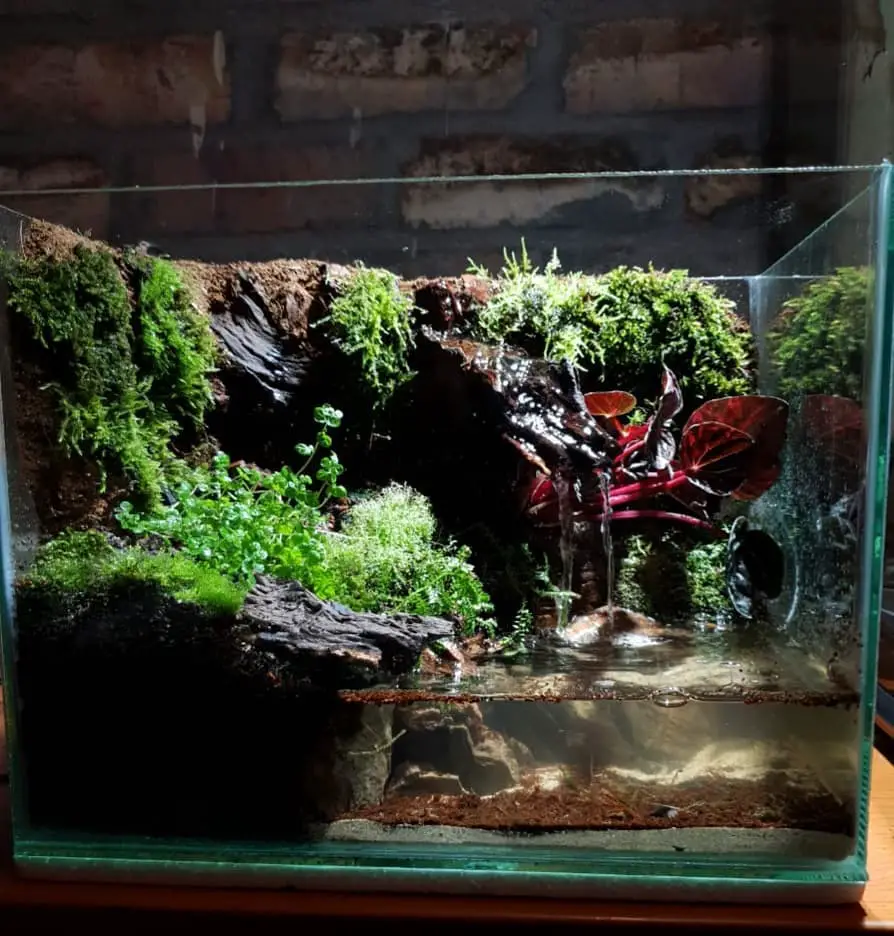
Brackish Coastline
Brackish coastlines are where freshwater meets seawater, and in a tank, that means that the salinity level is between 0.05% and 3%.
Mangrove Swamp
As a type of brackish environment, mangrove swamps have 0.075% salinity.
Tropical Rainforest
All you really need to know about the water for this paludarium is that you need clean freshwater.
Turtle Habitat
Turtles prefer dechlorinated water between 70 and 80℉ (21.1 and 26.6℃).
Add an Island
A space that allows your pet to hang around the water without submerging in it is a perfect resting place. Driftwood, cork, or a floating shelf does the trick.
Add the Canopy
Last but not least is the canopy – the top layer. This layer is for your terrestrial animals to climb around and hide in. It’s usually made of corks, hanging plants, and branches.
In Short
I hope this article helps you realize your dream enclosure for your scaly friends. Besides a few basic rules, the design of your enclosure is left completely to you. Have about 30-70% water land, or 50-50%, have the land high enough with drainage, create a slope for easy entrance and exit from the water, etc.

Meet Brad, the creator behind Vivarium Vibes, where his deep connection with nature and animals truly comes to life.
